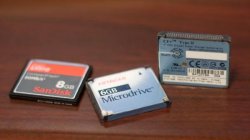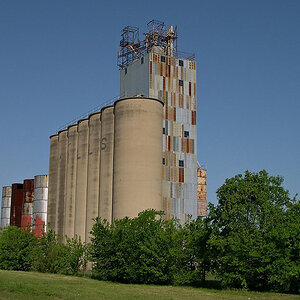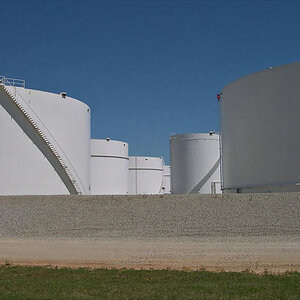sarahashleyphotos
TPF Noob!
- Joined
- Feb 21, 2009
- Messages
- 197
- Reaction score
- 2
- Location
- VA
- Website
- www.myspace.com
- Can others edit my Photos
- Photos NOT OK to edit
Do any of you know anything about these Microdrive cards? They say they were made in 2004 (at this time I was just starting photography and only shooting film). They fit in my 40D and I have no problems shooting with them. The guy that gave them to me said they did not work well with his camera (I am assuming his camera just cant handle the cards idk). Can any of you give me more information about these?







![[No title]](/data/xfmg/thumbnail/41/41797-ed370d68dae70f5b0a7252ec2d525912.jpg?1619739896)


![[No title]](/data/xfmg/thumbnail/41/41795-6bc3a19e590a6be6bd169ab2acaee30d.jpg?1619739896)




![[No title]](/data/xfmg/thumbnail/36/36675-f6965e1e6c1fa2be4ff0460e9657fe99.jpg?1619737676)